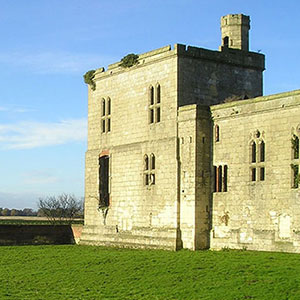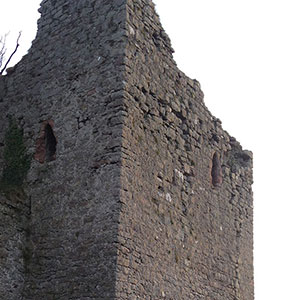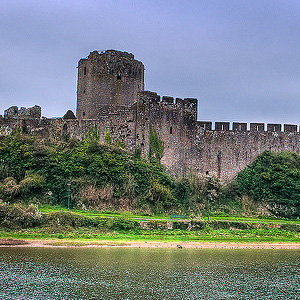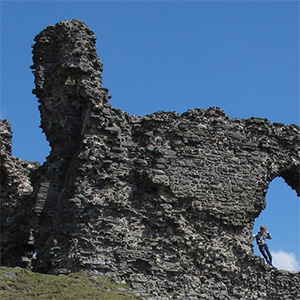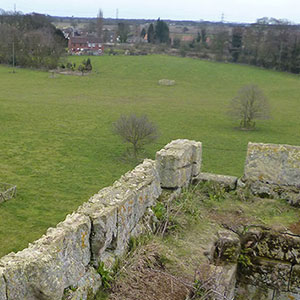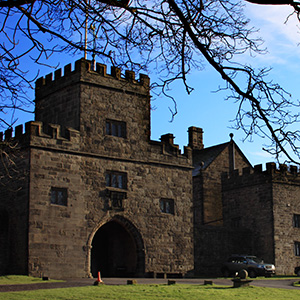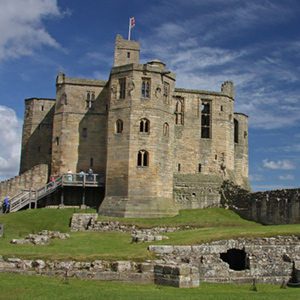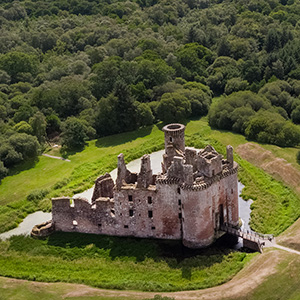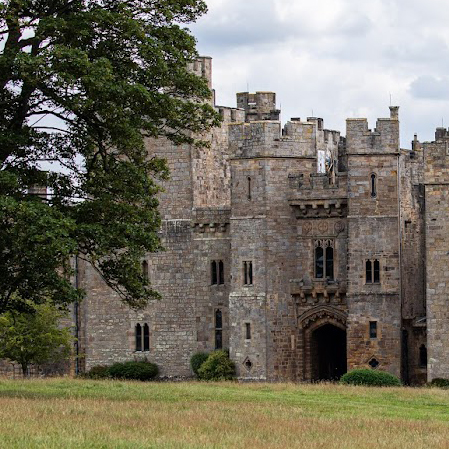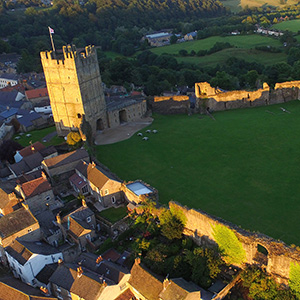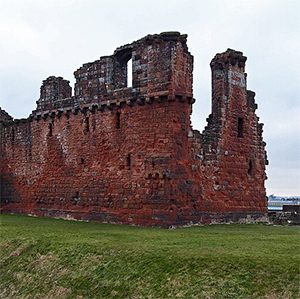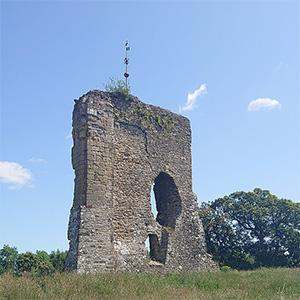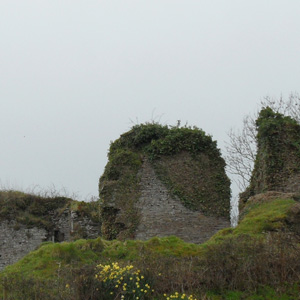Geophysical survey and excavations at Clifford Castle, Herefordshire
Sum awarded: £7,500
The project aims to advance the understanding of the development of this key Welsh border fortress, founded between 1067 –1070 as a motte and bailey castle before being replaced with stone structures.
The work will involve doing geophysical survey of as much of the scheduled area as possible with magnetometery as well ground-penetrating radar to find the depth of the deposits. There will also be a series of small trenches dug. Three of them will be on the motte top, to understand the structures there, especially the relationship between the Great Hall and Rosamund’s Tower. Up to three trenches will be dug on the hornwork to try and establish its purpose.
All this will be done in conjunction with analysis of the standing remains, work which is being funded by Historic England.
At the end of the project we will hopefully a much better understanding of what was one of the most important castles on the Welsh border, situated right on the River Wye. Founded, by William fitzOsbern Earl of Hereford, cousin and key henchman of William the Conqueror and became the centre of a marcher lordship held by the Cliffords in C12 and C13 and the Mortimers in C14. The castle saw no military action apart from when Walter III Clifford’s men briefly held the castle against King Henry III as part of the Earl of Pembroke’s revolt in 1233 held. Its claim to fame was that it was where “Fair Rosamund” Clifford, mistress of Henry II, grew up.
